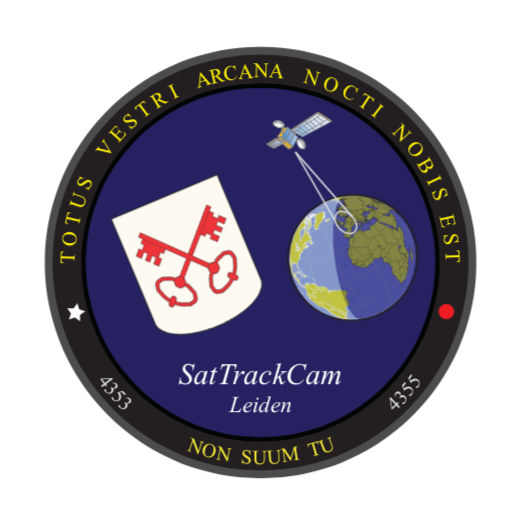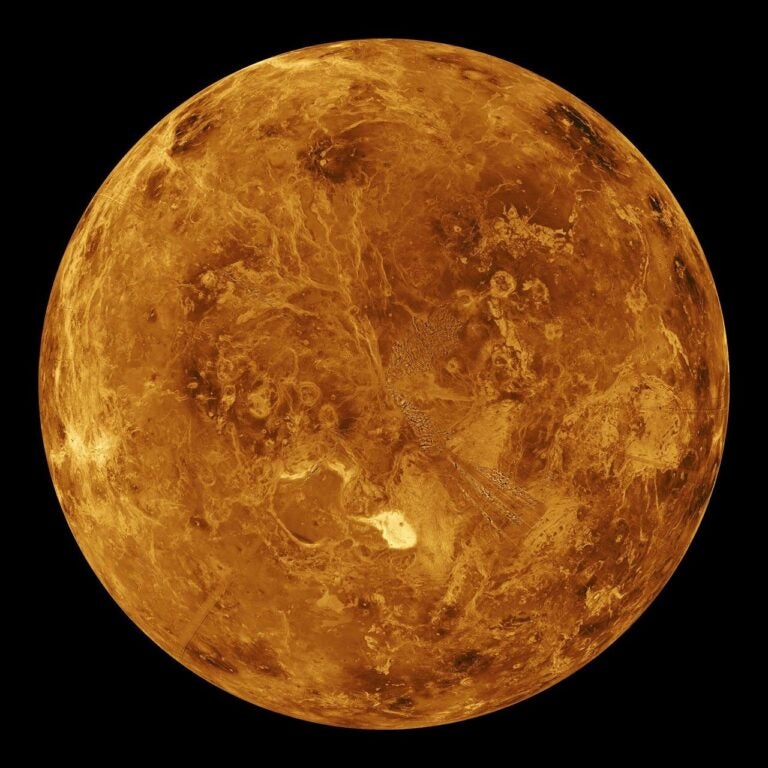You’re in luck! Even before SpaceX Starlink satellites turn the night sky into a disco ball, there are roughly 1,950 operational satellites orbiting Earth. Add a video camera to your telescope, link in a GPS feed, and you are all set to join the exciting world of amateur satellite tracking.
One such amateur is archeologist Marco Langbroek. When not thinking about artifacts from the Lower and Middle Paleolithic, Langbroek operates an amateur observing station in the middle of the Dutch city of Leiden. From that unlikely vantage point, he tracks things that the powers that be would prefer we not know about; Langbroek can tell you exactly where to find every spy satellite in the sky.
Langbroek’s hobby got especially interesting on August 30, 2019, when a startling image appeared on President Donald Trump’s Twitter feed. The tweet showed an until-that-moment top-secret image of Iran’s Imam Khomeini Space Center, taken shortly after the explosion of an Iranian Safir rocket. The Safir can put a payload into Earth orbit, which is sort of a big deal.
Soon after the release of the photograph, an interesting post appeared on Langbroek’s website, sattrackcam.blogspot.com. Langbroek saw the obvious. The shadows of the structures at the space center form a pretty good sundial. With that information, along with the perspective of the image, he (and others working independently) quickly determined where the image was taken from.
Lo and behold, when he checked to see if there was anything in the vicinity, Langbroek found a spy satellite dubbed USA 224 in the right place at the right time. USA 224 is a KH-11 Enhanced CRYSTAL satellite (commonly called a Key Hole) with a 2.4-meter mirror.
It’s not too surprising that, by this point, the intelligence community’s collective hair was on fire. There’s nothing quite like dropping your pants in public. Melissa Hanham, deputy director of the Open Nuclear Network in Vienna, Austria, told NPR, “When I saw the image, it was so crystal clear and high-resolution that I did not believe it could come from a satellite.” That’s one heck of a capability to give away on Twitter just so you can thumb your nose at the Ayatollah.
I have to say, though, that Hanham’s shock seems a bit disingenuous. You don’t need more than a pen and a beer-stained napkin to figure out that from 186 miles (300 kilometers) up, the diffraction-limited resolution of a down-looking 2.4-meter telescope is about 2 inches (5 centimeters). If you’ve got lots of photons to play with, multiple images, small pixels, fast shutter times, and don’t care about precision photometry, call that 1.5 inches (3.8 cm). That’s a factor of 4 or 5 better than typically discussed … at least until last August. The people in Langley doubtless do better.
Earth’s atmosphere shouldn’t be too much of a problem. The turbulent layers responsible for distorting our view of the sky are mostly close to the ground. Even at an altitude of a mile, turbulence that would blur an astronomical image by an arcsecond would only blur an image of the ground by one-fifth of an inch (½ cm).
There are lots of things that you just can’t keep classified. Orbital mechanics is one of them. The physics of light is another. Having spent much of my career using a 2.4-meter orbiting telescope named Hubble, I don’t see much about the image that is technically surprising.
But it’s no longer a back-of-a-napkin question. Now everyone knows that the U.S. has that capability. They also know that we were able to get satellite images immediately after the explosion. And since the Iranians know exactly what was on the ground when the photo was taken, they’ve doubtless learned a thing or two about hiding stuff from our eyes in the sky.
Over a second beer, I scratched my head about the telescope that took that image. With its basic capabilities known, what could it do with dichroic splitters, tunable filters, adaptive optics, real-time AI processing and control, LIDAR, interferometry, spectroscopy, object recognition … ?
Then I stopped speculating and threw my napkins away.
I never imagined I would see a KH-11 image of anything, much less a secret Iranian launchpad appearing on social media, direct from the horse’s mouth. But for you long-suffering, city-dwelling amateurs out there, hey! Satellite tracking is brilliantly geeky fun.










